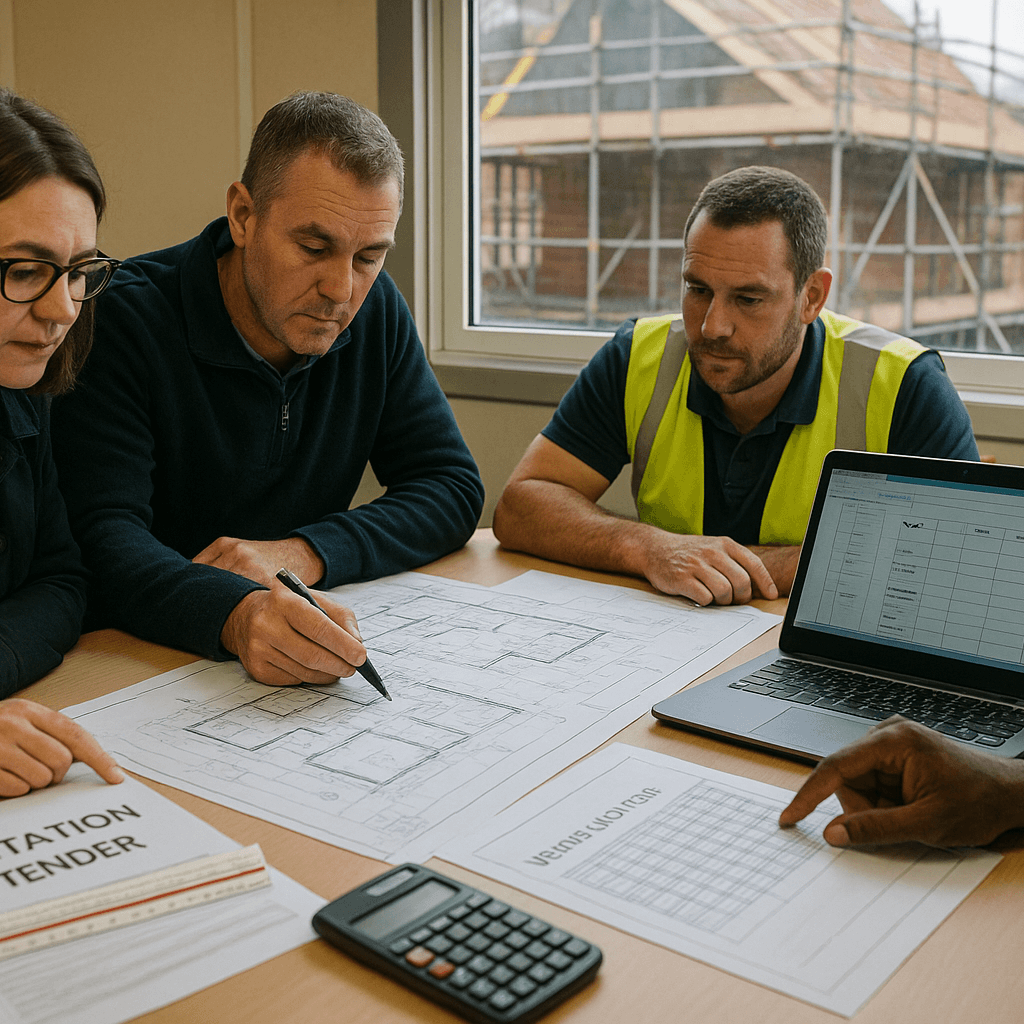The UK construction industry, though progress has been made, remains one of the most perilous sectors to work in. Recent statistics from the Health and Safety Executive (HSE) are quite telling, with 51% of non-fatal workplace injuries reported within this sector. In 2022/23 alone, a staggering 45 construction workers lost their lives, reinforcing the need for enhanced safety measures on sites. Moreover, the huge economic implications tied to over 520,000 lost working days due to accidents highlight the urgent requirement for robust safety interventions. Despite these challenges, there’s a resolute commitment within the industry to forge a safer work environment.
The Main Culprits: What Leads to Most Injuries on Construction Sites?
Let’s dive into the primary reasons behind the prevalent injuries in the construction sector, as identified by the HSE for the year 2022/23:
Falls From Height
Occupying the top spot, falls from height are the leading cause of severe injuries. Workers frequently rely on scaffolding and ladders, which significantly enhances the risk. Safety measures such as using proper footwear, regular inspections, secure scaffolding, wearing harnesses and helmets, and installing fall protection systems like guardrails are crucial in minimizing these risks.
Slips, Trips, and Falls
Second in line are the incidents of slips, trips, and falls on the same level. These are primarily due to slippery surfaces, uneven terrain, and obstacles scattered around work sites. Maintaining clear pathways, appropriate footwear, tidy work areas, and immediate spill cleanups are essential practices to reduce such accidents.
Struck by Moving or Falling Objects
One cannot overlook the danger presented by falling objects or the chaotic movement of heavy machinery. Ensuring that walkways are clear of overhead hazards, using warning signs, mandatory wearing of hard hats, and vehicular safety measures like speed limits and reverse alarms are critical.
Manual Handling Injuries
The physical demand of lifting and transporting heavy materials often leads to musculoskeletal injuries. Proper training on manual handling techniques is necessary to mitigate the high prevalence of back, neck, and knee injuries.
Other Notable Risks
Though less frequent, the risk of electrocution, trench collapses, miss-use of PPE, and vibration-related injuries from prolonged use of power tools also pose serious hazard. These demand respective preventative practices such as regular electrical safety checks, secure trenching practices, and limits on exposure to vibrations.
Immediate Actions Post-Accident
If an accident does occur, it’s crucial to:
- Report the incident immediately and record it in the accident book.
- Seek medical attention regardless of the injury’s initial assessment.
- Collect witness accounts and photographic evidence of the accident scene.
Remember, every worker is entitled to a safe working environment, and understanding these risks and precautions helps in fostering a safer workplace.
Conclusion
The construction industry, vital to the UK’s infrastructure, is fraught with risks that demand constant vigilance and proactive safety measures. Recognizing and mitigating the common causes of workplace injuries not only enhances worker safety but also significantly reduces economic losses from workday interruptions. By fostering a culture of safety and adhering strictly to regulations, we can aspire towards a substantially safer construction industry.
Frequently Asked Questions About Construction Industry Injuries
- What are the most fatal categories of injuries in the construction industry?
Falls from height, being struck by moving or falling objects, electrocution, and trench collapses are among the most fatal categories. - How can construction sites improve overall safety?
Implementing rigorous safety training, adhering to equipment safety standards, regular safety audits, and fostering a culture of safety consciousness are key strategies. - What should I do if I witness a construction site accident?
Ensure the area is safe, provide any immediate assistance if qualified, report the incident to site management, and give an accurate witness account if required. - Are there legal recourses if injured on a construction site due to negligence?
Yes, workers can pursue compensation claims if injuries result from employer or third-party negligence. - How frequently should safety drills be conducted on construction sites?
Regular drills should be held at least quarterly or more frequently depending on the site’s risk assessment outcomes.











